With SNL’s return on September 28th, the show celebrated its 50th year on the air. Since its start in 1975, the show has introduced Americans to classic comedy skits, ranging from Wayne’s World to the Blues Brothers. On top of that, comedy icons like Eddie Murphy, Adam Sandler, and countless others have SNL to thank for launching their careers. But let’s not forget an often overlooked part of SNL’s history: its musical guests.
To celebrate SNL’s 50th anniversary, let’s take a look back at 50 classic performances from throughout the show’s history. To start off this series of articles, we’ll travel back to the 1990s to see some of the decade-defining acts that grace the 30 Rockefeller Plaza stage.

Whitney Houston (2/23/91)
To start off the 1990s, let’s look back to one of the greatest stars of the 1980s. On February 23rd, 1991, Whitney Houston made her SNL debut performing two songs from her quadruple-platinum album I’m Your Baby Tonight. This appearance came only one week after what is possibly Houston’s most famous live performance – “The Star Spangled Banner” at Super Bowl XXV. Her SNL performance, much like the Super Bowl, illustrated the unmatchable power of her voice.
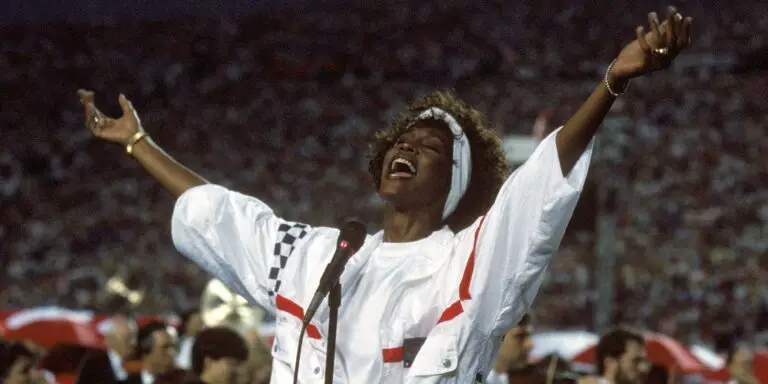
Houston first took the stage to perform the title-track from her new album. The first thing that stands out about this performance is the backing instrumental. The band acts as one well-oiled machine pumping out a smooth New Jack Swing inspired track. With keytar, electric drums, and a full horn section, the backing boomed throughout the studio, carrying the full force of its recorded version.
However, the standout of the performance was clearly Whitney Houston’s vocals. During the song’s composition, songwriters L.A. Reid and Babyface purposefully wanted to challenge Houston’s vocal ability. However, from this performance, no one could tell this was the case. Houston’s voice effortlessly boomed throughout the studio, making the difficult song look like child’s play. Altogether, Houston and her backing band produced a smooth, funky song that was unlike anything she had performed prior.
Houston’s second performance was the more traditional ballad “All the Man That I Need.” From its first notes, this track could not be farther from “I’m Your Baby Tonight.” Starting with a smooth saxophone line, the song felt much more intimate and softer than its predecessor. Houston’s vocals also mirrored this, starting deceptively quiet in the first verse. However, once the chorus arrived, Houston and her band came into full bloom. Houston’s vocals soared with almost inhuman vibrato, with a chorus of backing singers giving the song an operatic aura. The highlight of this song came towards the end with a dramatic key change. At first impression, it seems like this new key would be harder to sing in, but somehow Houston’s vocals emerged stronger than ever, closing out the track with a bang.
In a decade that would be dominated by the growing genres of alternative and hip hop, this performance showed the pop stars of the eighties were not going anywhere. First among those was Whitney Houston, who showed off her superhuman vocal ability that led her to even greater success throughout the 1990s.
Public Enemy (9/28/91)
The second featured performance also came from stars of the 1980s, this time from the burgeoning hip hop scene. Long Island’s Public Enemy had been around since 1985, but really broke out with their sophomore release It Takes a Nation of Millions to Hold Us Back in 1988. By the time they appeared on SNL in 1991, the group had lobbied for over three years to perform on the show. When they finally got on the show, Public Enemy’s performance embodied those three full years of energy in just two songs.

Public Enemy’s performance came as part of the star-studded Season 17 premiere. Hosted by NBA legend Michael Jordan, the episode also featured Jesse Jackson, and director/Public Enemy collaborator Spike Lee. When the time came for their performances, Public Enemy showed that they could stand toe-to-toe with the episode’s megastars.
The group’s two tracks “Can’t Truss It” and “Bring the Noise” were jams the likes of which had never seen before. Laying the foundation for the songs was DJ Terminator X, dropping jazzy samples and infectious drum lines. Also in the background were dancers dressed in army fatigues and red berets. Public Enemy was not just suggesting that audiences jam, it was an order. Moving away from the background, rappers Chuck D and Flavor Flav stood at the forefront of these performances. Flav particularly was a sight to see. Dressed in a red jumpsuit, top hat, and his iconic clock necklace, he looked like a mix between Run DMC and the mad hatter. His dances were equally mesmerizing, looking like a malfunctioning robot.

These performances, however, were not all fun and games. At the start of “Bring the Noise,” the band paused for three seconds of silence. This was part of a memorial for jazz legend Miles Davis, who passed away earlier that day. This heartfelt act also showed how their music was just as indebted to the jazz of yore as it was to hip hop. This evolution of hip hop can also be seen comparing this performance to past ones on SNL. Just 10 years prior, the show featured its first rap group the Funky 4 Plus One. when comparing the joyful disco-inspired origins of hip hop to Public Enemy’s militantly political jams, it is almost unrecognizable as the same genre.
Nirvana (1/11/92)
In early 1992, SNL helped introduce the nation to the defining act of the 1990s. When Nirvana took the stage that night, the underground movement that had bubbled throughout the eighties finally burst into the mainstream. On the eve of their performance, the band had all returned to their homes after touring their breakout hit album Nevermind. To say that they were exhausted was an understatement. However, after regrouping in New York, they managed to put on a performance for the history books, birthing a whole new generation of alt-rockers.
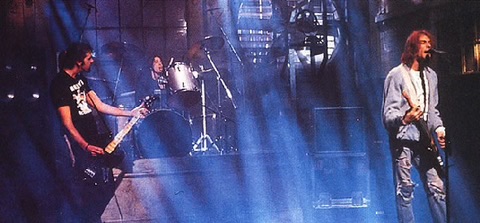
The first thing that stood out about Nirvana was how they looked on stage. Gone were the days of 80s glam rock and hair metal. There was no bedazzling, no makeup, and not even a trace of hairspray. Instead there was Kurt Cobain with a cardigan, Krist Novoselic with a ponytail and t-shirt, and Dave Grohl, who is invisible behind his drum set. From that moment on, rock music was not going to be about larger than life rockstars, but ordinary garage bands.
For their first performance, Nirvana performed their most famous song “Smells Like Teen Spirit.” The song’s iconic guitar riff silenced the audience, leading into the flanged-out verses. From this moment, the world knew what grunge music was. Between the quiet-loud guitars, and Cobain’s indecipherably raspy vocals, this was something completely new. Following the performance, Nirvana made countless new fans, one of which happened to be Weird Al Yankovic. After the band had returned to their dressing room, Yankovic called them asking to parody the track. Cobain initially thought it was going to be food themed, like “Eat it” or “My Bologna.” However, when Yankovic said he was going to make fun of Cobain’s indecipherable vocals, Kurt responded “Oh, sure, of course, that’s funny.” And just like that, Nirvana’s SNL performance birthed Weird Al’s “Smells Like Nirvana.”
Nirvana still had one song left to perform, this time being album-track “Territorial Pissings.” Compared to “Smells Like Teen Spirit,” this performance was a much more standard punk-rocker. During this performance, the band’s strain from constant touring was apparent, with Cobain’s vocals completely shot from the screamed chorus. Despite this, the band put on an amazing performance. Embodying their punk ethos, they wreaked havoc to close out their set. Novoselic flailed his bass around, while Cobain threw microphones across the stage, and Grohl tore his drums apart piece by piece. With this one performance, Nirvana embodied the anger and apathy of the grunge movement, and helped create a new generation of rock fans. By the end of the set, one thing was clear: the 1980s were long dead and gone.
Sinead O’Connor (10/3/92)
Next comes SNL’s most infamous musical performance thanks to Sinead O’Connor. On October 3rd, 1992, O’Connor entered 30 Rock for her second appearance on SNL. This time, O’Connor appeared to promote her covers album Am I Not Your Girl?. However, an act of political protest would overshadow any song she came to promote.
Her first performance was a cover of Loretta Lynn’s “Success Has Made a Failure of Our Home.” This song was a fairly standard orchestral version of the track. Although it was quite beautiful, by the end of the night no one would be thinking about it.
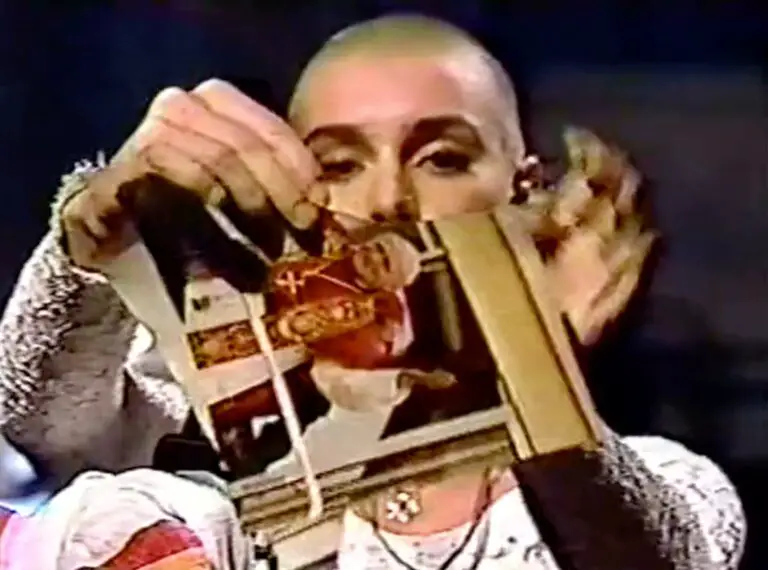
For her second performance, O’Connor opted not to sing anything from her new album. Instead she performed an a cappella cover of Bob Marley’s “War.” The song adapted lines from a 1963 speech by Ethiopian Emperor Haile Selassie. While originally criticizing bigotry, imperialism, and enslavement, O’Connor wanted to adapt it to call out a different human rights abuse.
O’Connor remembered a photo of Pope John Paul II that had hung in her mother’s bedroom since 1979. Due to the church’s views on abortion and divorce, as well as widespread instances of child sexual abuse, O’Connor dreamt of the day she would get to destroy that photo. She found her inspiration in a 1978 performance by the Boomtown Rats on the British program Top of the Pops. During that performance, singer Bob Geldof ripped up a photo of John Travolta and Olivia Newton-John. Inspired by this, O’Connor knew exactly what to do on her SNL appearance. Expecting backlash, she hid her intentions, instead holding up a photo of a refugee child during rehearsals.
The night of the performance, however, O’Connor did not use the photo from rehearsals. Instead, she held up her mother’s photo of Pope John Paul II. After tearing it to pieces, she said “Fight the real enemy” and threw the shreds to the floor. Witnessing this, producer Lorne Michaels ordered that the Applause sign be left off, leaving the studio in deafening silence.
Following the performance, NBC received over 4,000 angry calls, and Michaels banned O’Connor from SNL for life. On the next week’s episode, reactions were not any better. During his monologue, host Joe Pesci said he would have “grabbed her by the eyebrows” and “would have gave her such a smack.” Later in the season, musical guest Madonna also used 30 Rock the stage to mock O’Connor during a performance. Outside of SNL, the performance received pushback from groups from the Catholic Church to the Anti-Defamation League.
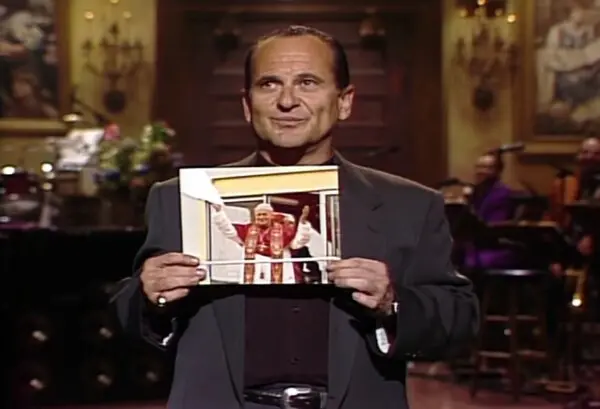
However, as years passed, public opinion has changed regarding O’Connor’s performance. As more information came out about instances of sexual abuse in the Catholic Church, many thought O’Connor’s protests had been vindicated. Even SNL’s producers seemed to recognize this. While never revoking her ban, they certainly realized their mistake. Following O’Connor’s death in 2023, Kenan Thompson even called her a “brave lady” in the week’s Weekend Update section.
Pearl Jam (4/16/94)
The next performance came from one of the big four grunge bands that dominated the 1990s. On April 16th, 1994, Pearl Jam took the 30 Rock stage to perform a three-song set. This performance was originally intended to promote their 1993 sophomore effort Vs. However, just 11 days earlier tragedy struck. Their friend and colleague Kurt Cobain took his life, plunging the rock scene into a period of mourning. So in tribute to their friend, Pearl Jam turned this promotional appearance into a memorial.
Pearl Jam’s first song was “Not For You.” The song started out as a standard grunge track, with droning guitars and Eddie Vedder’s signature rasped vocals. As the song progressed, however, it transformed into an unstoppable rocker. When the chorus arrived, Pixies-inspired distorted guitars joined the mix. This all led up to a guitar solo from Mike McCready, which sounded reminiscent of Neil Young’s unforgettable “Rockin’ in the Free World” performance five years prior. The last third of the performance was a full-on musical meltdown. With guitars ablaze, Vedder’s screamed vocals, and Dave Abbruzzese beating the living daylights out of his drums, the track becomes a sonic assault. After the storm passed, the song ended with a calm droning clean guitar.
Pearl Jam’s second song was “Rearviewmirror,” a much faster, conventional rocker. Built around a quickly repeating guitar riff, it took no time to get going. After a supercharged first verse and chorus, the song gave out for an extended instrumental bridge. As screeching guitars grew, the other instruments reemerged to launch the song back into the chorus. To close out the song, Stone Gossard exhibited his guitar heroics, breaking out a fiery solo. With huge string bends, Gossard played what sounded like a grunge version of the “Free Bird” solo.
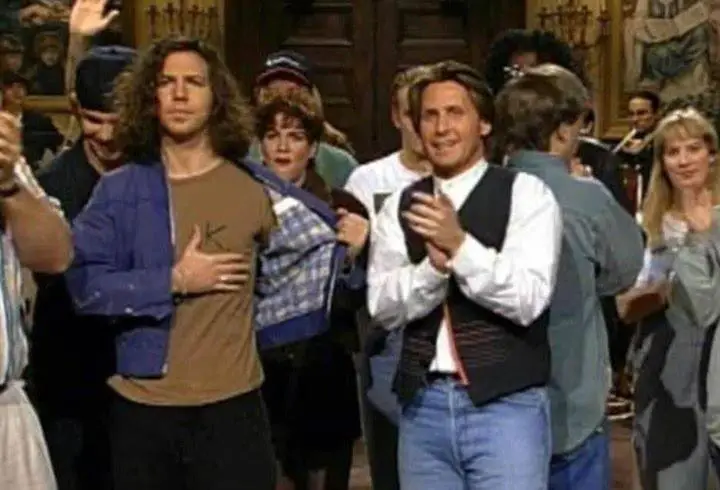
Pearl Jam closed out their set with “Daughter,” a much more somber track. Instrumentally, droning guitars, and Jeff Ament’s upright bass propelled the song forward. Lyrically, the song is also much more downtrodden than its predecessors, with Vedder singing about a young girl suffering from abuse. This track, unlike their others, did not go out with a bang, instead going out with a whimper. After a repeated refrain, the song devolves into whirling guitar and bass in a long fading outro. This performance really shows, it’s not necessarily better to burn out than fade away. In a touching tribute to his friend Kurt Cobain, Vedder opened his jacket to flash the “K” on his shirt as the band waved goodbye.
R.E.M. (11/22/94)
The alternative rock that conquered the airwaves in the 1990s can all be traced back to this next band: R.E.M. With their jangly guitars, and Michael Stipe’s oddball vocals, R.E.M. never quite fit in with their 80s contemporaries. Even in 1994, SNL host Sarah Jessica Parker poked fun at this, referring to the band as “REM Speedwagon” to their confusion. However, with the rise of bands like Nirvana and Pearl Jam, R.E.M. could finally fit in. With this context, the band took the stage at 30 Rock for a three song set promoting their album Monster.
The first of their songs was the hit “What’s the Frequency, Kenneth?” Peter Buck took no time launching into the song’s iconic fuzz guitar riff. Sonically, this performance is exquisite with layers of effect-laden guitars and Stipe’s yelping vocals. On top of their music, the band also stood out visually. Front and center was Michael Stipe wearing chrome silver pants that made him look like he came straight from outer space. Throughout the song, Stipespun around the microphone, at times almost knocking it over. At the climax of the song, Stipe spun around to sing the lyrics “I never understood, don’t fuck with me, uh-huh.” Seeing SNL’s track record of banning artists for violating broadcast regulations, this was probably the smart move.
R.E.M.’s second track was the slower minor-key “Bang and Blame.” The track highlighted amazing drumming by Bill Berry, backing up Peter Buck’s dissonant guitar lines. As the tempo picked up with the chorus, Michael Stipe began to break out some dance moves. Singing “Bang, bang, bang, bang,” Stipe spasmodically grooved, at times looking like he was trying to hit the microphone. Maybe this dancing tired him out, because during the song’s instrumental outro, Stipe crouched down sadly staring into the audience until the song faded out.

His energy returned for the band’s final song of the night. Taking the stage for the third time, they began to play “I Don’t Sleep, I Dream.” This time, Stipe donned a metallic golden shirt to match his bright silver pants. This flashy new look matched the band’s musical flashiness. For this final track, they added in additional guitars and organs. Vocally, the song highlighted Stipe’s abilities, with high notes allowing him to exercise his full range. Together, the band made a groovy, distorted dirge to close out a great performance.
Hole (12/17/94)
The next performance came from yet another defining grunge act of the 1990s. Hole, led by Courtney Love, broke barriers being a female-led group in a genre dominated by men. In 1994, Hole saw their commercial break with their sophomore release Live Through This. While the year should have been a success with a double-platinum album and television appearances, personal tragedy struck the band. One week before Live Through This’s release, Courtney Love’s husband Kurt Cobain took his life. Torn between immense success and immense loss, Love and her bandmates took the stage at 30 Rock to perform for the world.

Throughout their performance, Hole grappled with themes of violence, sexism, and personal rejection. This is perhaps seen most in their opening track “Doll Parts.” In the song, Love sang of her insecurities and fear of rejection from Cobain, singing lines like “He only loves those things because he loves to see them break,” and “Someday you will ache like I ache.” Although written before Cobain’s death, the song took on a completely new layer of heartbreaking meaning. Musically, the song grew more distorted with Love’s vocals becoming screams as the final refrain arrived. In many ways, the growing distortion of the track mirrored the rising emotions of its lyrics, ending with a full breakdown.
Hole’s second track was the single “Violet.” Compared to “Doll Parts,” this song is a much more upbeat grunge track. Musically, this song was like a punch in the face. Overdriven guitars, Patty Schemel’s booming drums, and the screamed chorus “Go on take everything, I want you to” have the power of a freight train. To close out the track, Love went seamlessly into a version of the Crystals’ 1962 song “He Hit Me (And It Felt Like a Kiss),” continuing the performance’s themes of violence and sexism.
One thing that stands out about the performance was Love herself. During the performance, she dressed in an over exaggerated traditionally feminine way. Not only was she wearing a dress, over-the-top makeup and a flower in her hair, but even her guitar had a painted on heart. Musically, however, she broke gender expectations in every way. During the songs, she sang with her leg planted on top of the stage monitor, and screamed with more rage than any other singer. In this performance, Love managed to take all of her rage and heartbreak and hone it into musical perfection, inspiring a whole new generation of female punk rockers.
Rage Against the Machine (4/13/96)
Next on the list is yet another banned band. Rage Against the Machine emerged in 1992 as forerunners of the nu metal movement. Their music mixed the political hip hop of NWA with the metal of Faith No More. By the time 1996 arrived, the band enjoyed more success than ever before, with their sophomore album Evil Empire going triple-platinum. That’s why later that year, Lorne Michaels invited the band to perform on SNL
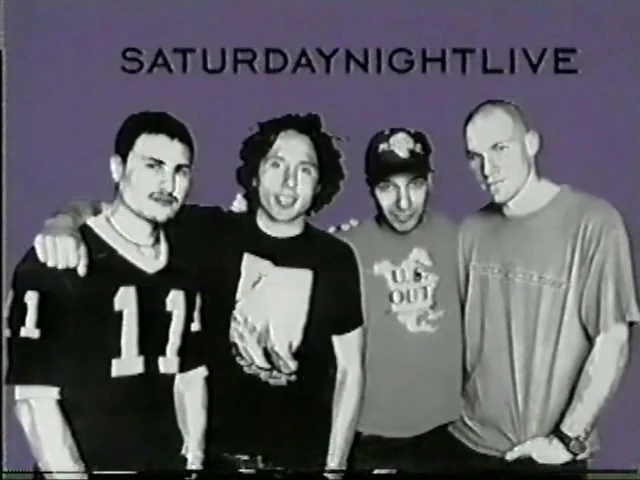
Lorne Michaels should have known this was a mistake. Rage Against the Machine were always known for their radical politics and anti-establishment views, so this performance raised some eyebrows. Why would SNL invite such a controversial band? Why would Rage Against the Machine even accept? Things were only made worse by that night’s host. Billionaire and Republican presidential candidate Steve Forbes was set to host. To the band, he represented the very machine they were raging against, so they knew they had to take action.
Only 20 seconds before their first performance, the band hung upside-down American flags on their amps. Michaels quickly ordered stagehands to remove the flags. When the performance started, it went amazingly. Tom Morello launched into “Bulls on Parade” with its iconic wah-wah guitar riff. His guitar led directly into a fiery rap from Zach de la Rocha. Interestingly, de la Rocha actually censored himself during the song, showing that they were actually trying to abide by broadcast standards during their protests. Despite this, you can tell from the performance that the band was genuinely pissed off by Steve Forbes’ presence. De la Rocha jumped around the stage, headbanging, and screaming the chorus of the song. Tom Morello’s guitars continued to accompany de la Rocha, with a DJ scratch guitar solo acting as a highlight of the performance.
The band’s fortunes turned immediately after their performance ended. Returning to their dressing room, they expected to return for their next song “Bullet in the Head.” However, before they could do anything, security kicked the band out of the building. Apparently, Lorne Michaels took great offense with the band hanging upside-down flags and hit them with a lifetime ban from SNL. Rage Against the Machine did not go quietly however. On the way out, bassist Tim Commerford ran into Forbes’ dressing room to throw pieces of a shredded flag at him. To this day, the band insists they were censored by Lorne Michaels. With their radical politics being so central to their identity, did Lorne Michaels really expect anything else to happen when he invited them?
Beastie Boys (9/26/99)
On September 26th, 1999, SNL celebrated its 25th anniversary. As part of the festivities, NBC aired a special three-hour long broadcast. On top of past highlights, memorials, and new skits, it also featured numerous musical guests. While stars like Eurythmics and Al Green performed, I want to focus on one song from the Beastie Boys.
This appearance marked the Beastie Boys’ third time on SNL, with previous stints in 1994 and 1998. Throughout the 90s, the Brooklyn-based hip hop trio had incorporated elements of alternative rock into their rap songs. This is probably most evident in their 1994 megahit “Sabotage.” While they already performed the song on SNL in 1998, they returned only a year later to do it again for the 25th anniversary special.
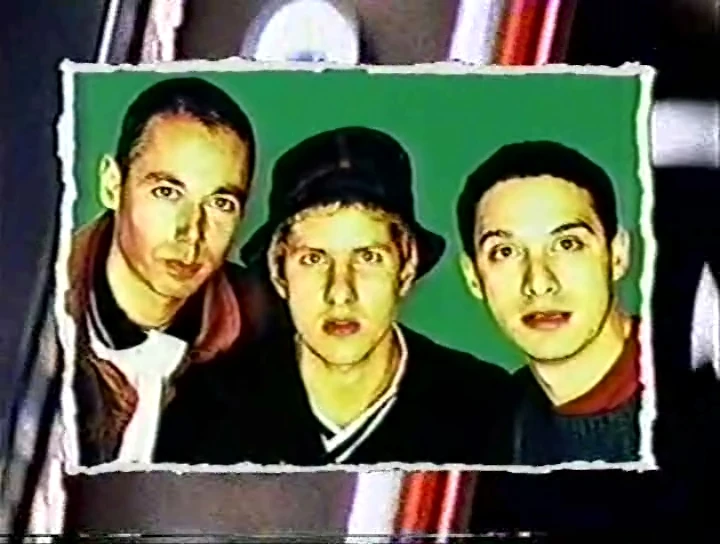
Launching into the song’s guitar intro, it seemed like nothing would stop the band. However, right as Ad Rock let out a scream to start the song, someone stormed the stage. Who could be crazy enough to interrupt such a high-profile SNL performance? It turns out, it was none other than Elvis Costello. Taking the microphone, he said “I’m sorry, ladies and gentlemen, there’s no reason to do this song here,” referencing his 1977 performance that got him banned from SNL.
Just like that, Elvis Costello launched into “Radio, Radio” with the Beastie Boys as his backing band – a mashup no one could have expected. Although over 20 years after his original performance, Costello did not sound a day older, still having every ounce of energy he had in 1977. Most importantly, however, is what this performance meant for SNL’s history. Finally, Lorne Michaels was finally able to laugh at something he once viewed as serious enough to warrant a lifetime ban. Additionally, this performance cemented Elvis Costello’s place as one of, if not the most iconic musical guests in the show’s history.
Dr. Dre (10/23/99)
To close out the list is a who’s who of hip hop from October 23rd, 1999. For this season 25 episode, rap legend Dr. Dre entered 30 Rock to perform two songs. On top of his own rapping skills, one of Dr. Dre’s main talents is gathering and directing other rappers on his tracks. This performance, promoting the album 2001, allowed Dr. Dre to show off one legendary artist and introduce the world to an up-and-coming star.
Dr. Dre took the stage for his first track “Still DRE,” led in by the song’s iconic piano riff. Joining him on stage was West-coast rap legend Snoop Dogg, who Dre introduced to the world earlier that decade. This performance featured a great back and forth between the two rappers, with Dre taking charge and Snoop Dogg acting almost as a hype man. With a DJ dropping funky samples behind them, the duo strutted across the stage, performing the future-hit song. Lyrically, the song cements Dr. Dre’s status as the greatest rapper of his generation, looking back to his past successes.
If “Still DRE” looked to his past successes, then his second track “Forgot About Dre” looked to the future. Whereas his first track featured established hitmaker Snoop Dogg, for this track new star Eminem joined Dre onstage. The song started with a string sample from the DJ and Eminem hyping up the audience. Dre’s rapping on the track shows that despite over a decade in the spotlight, his skills had not waned at all. While, Dr. Dre was great, the highlight of this performance was clearly Eminem. The young rapper’s lyrical skills and flow were unmatched throughout the song. In many ways, audiences were watching the birth of a “Rap God.” This one song marked the first of seven SNL appearances by Eminem throughout the next two decades.
As one of the last performances of 1999, Dr. Dre occupied an interesting space between two millennia. In many ways, Dre’s performance was the perfect embodiment of this point in time. Between his two songs, he bridged the gap between the 1990s and 2000s, while helping to introduce the nation to one of the biggest stars of the new millennium.
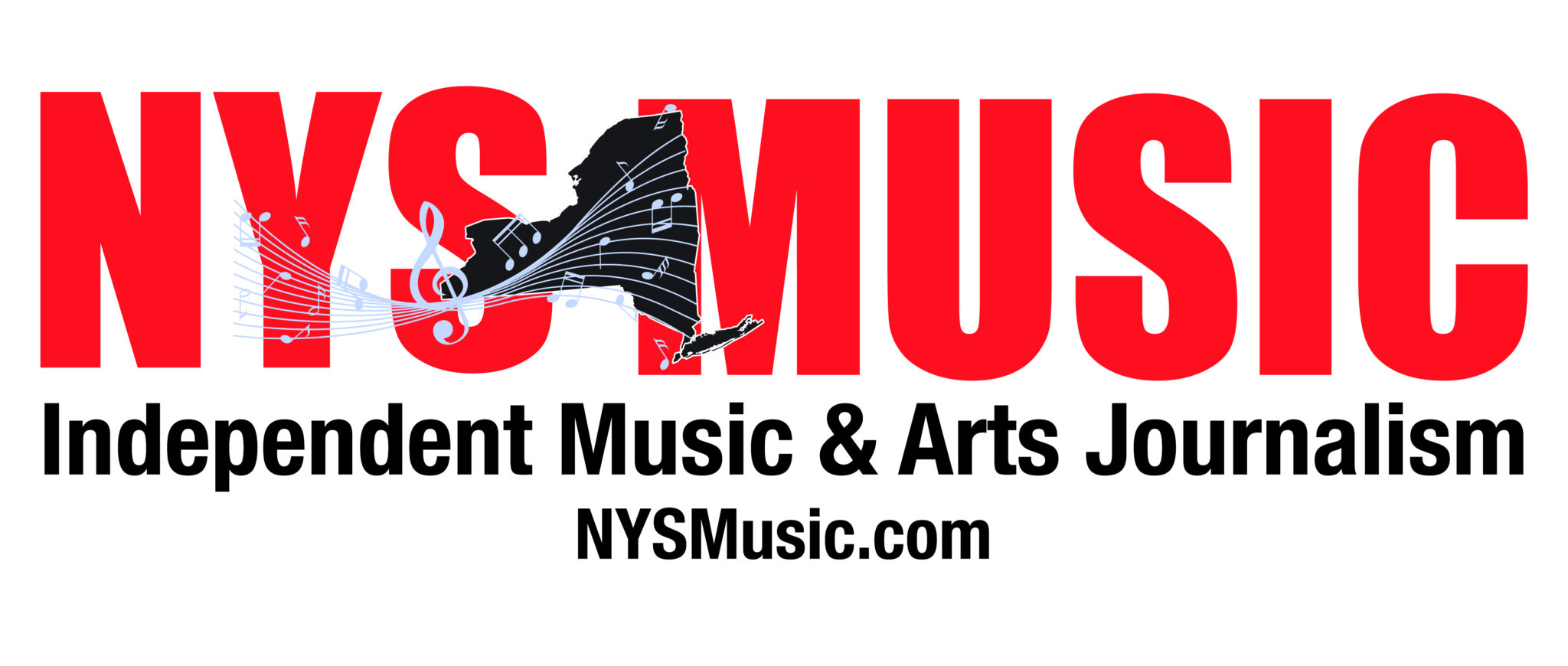
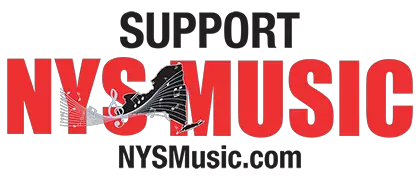
Comments are closed.